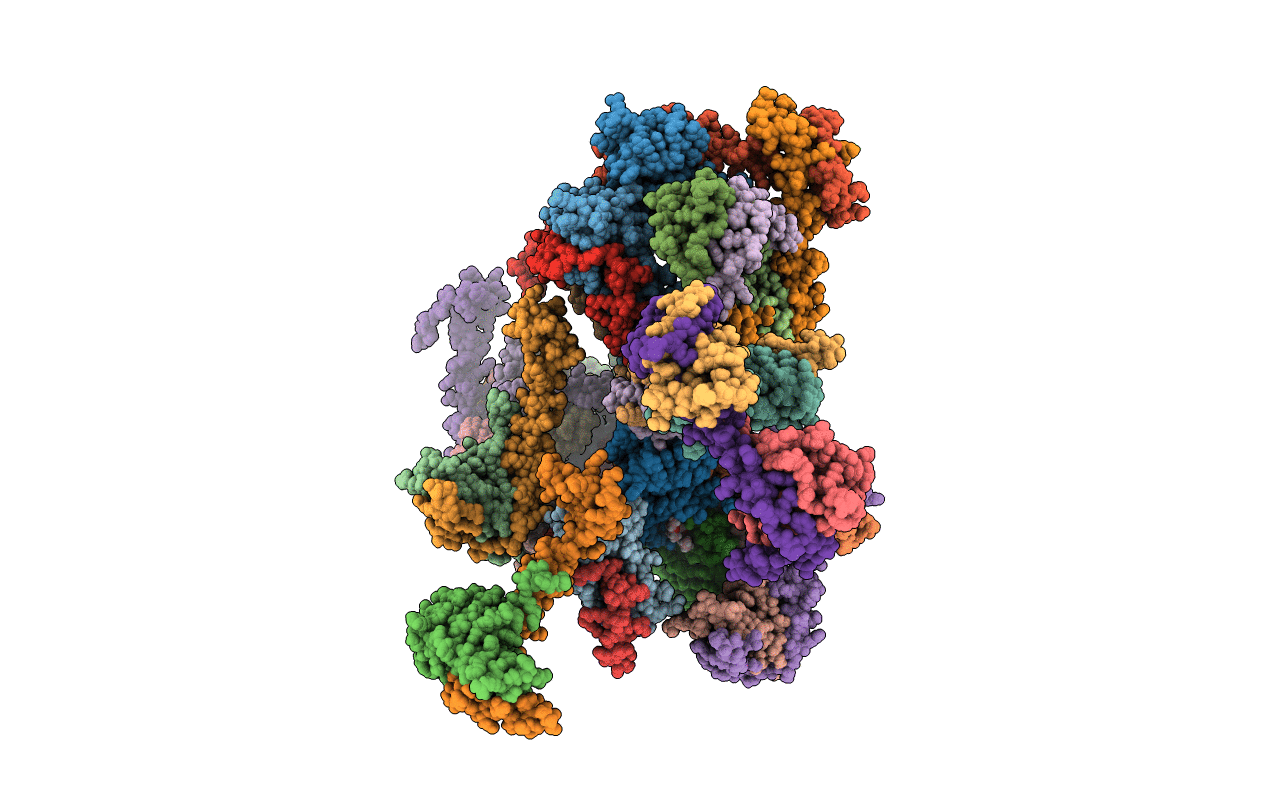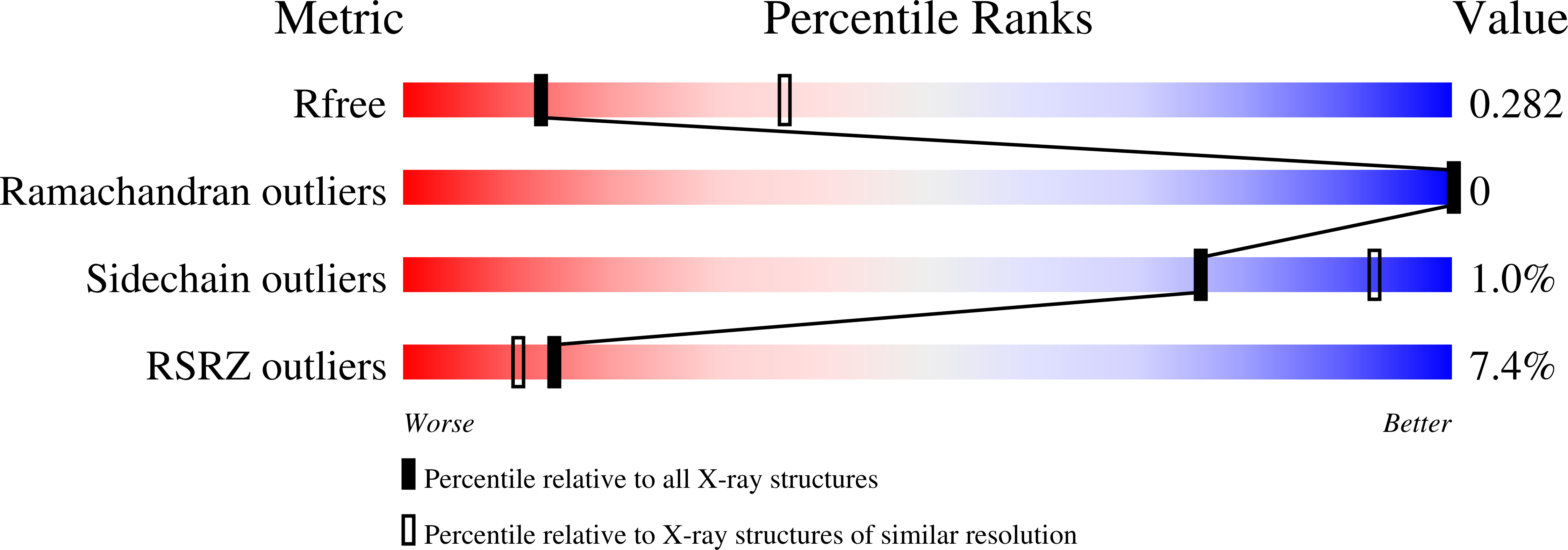
Deposition Date
2020-05-15
Release Date
2020-11-25
Last Version Date
2023-10-18
Entry Detail
PDB ID:
6X0A
Keywords:
Title:
X-ray structure of a chimeric ParDE toxin-antitoxin complex from Mesorhizobium opportunistum
Biological Source:
Source Organism:
Host Organism:
Method Details:
Experimental Method:
Resolution:
2.90 Å
R-Value Free:
0.28
R-Value Work:
0.25
R-Value Observed:
0.25
Space Group:
P 32


